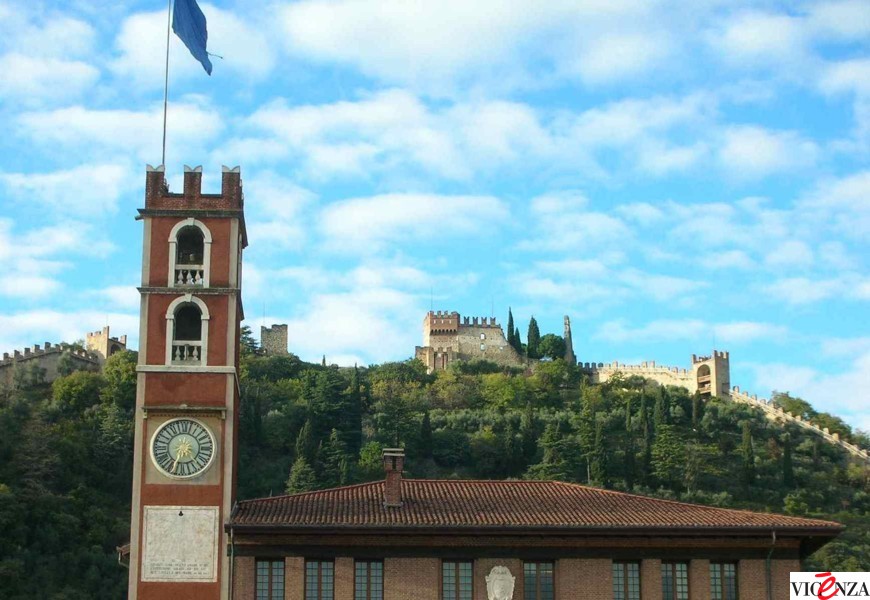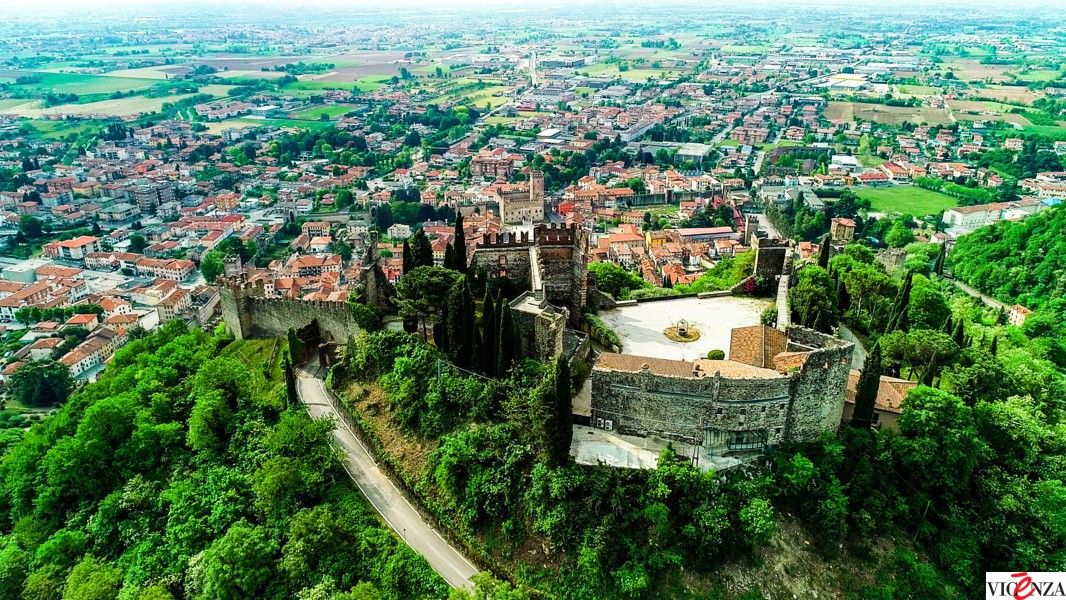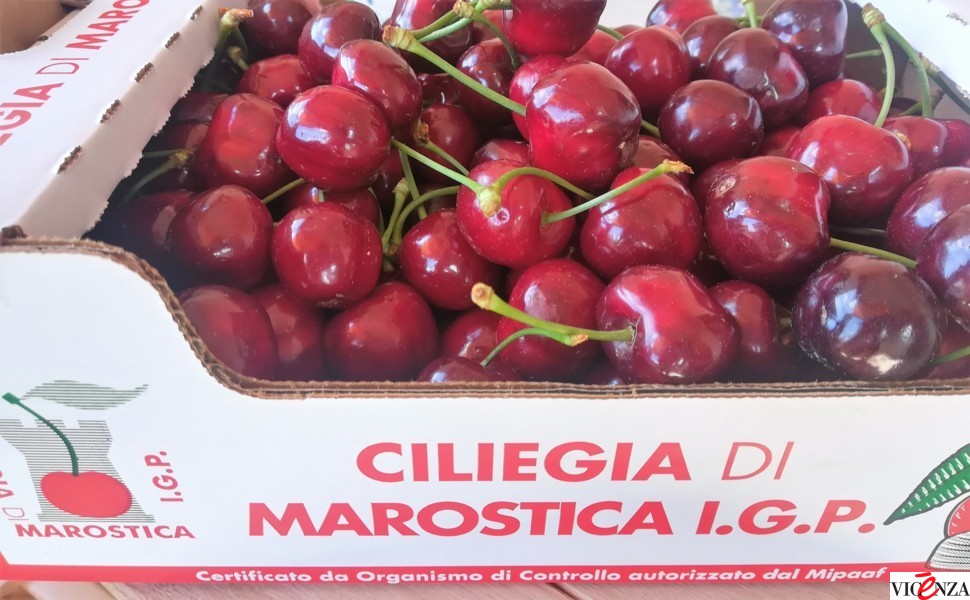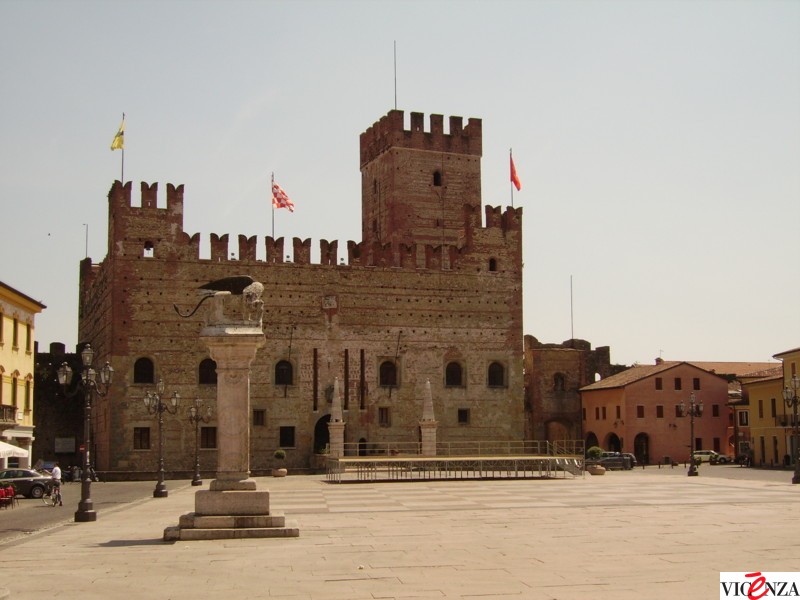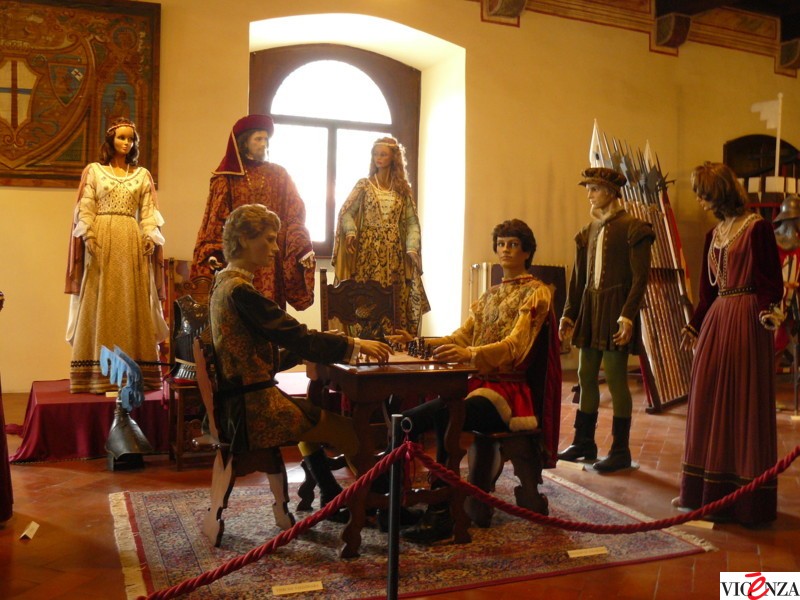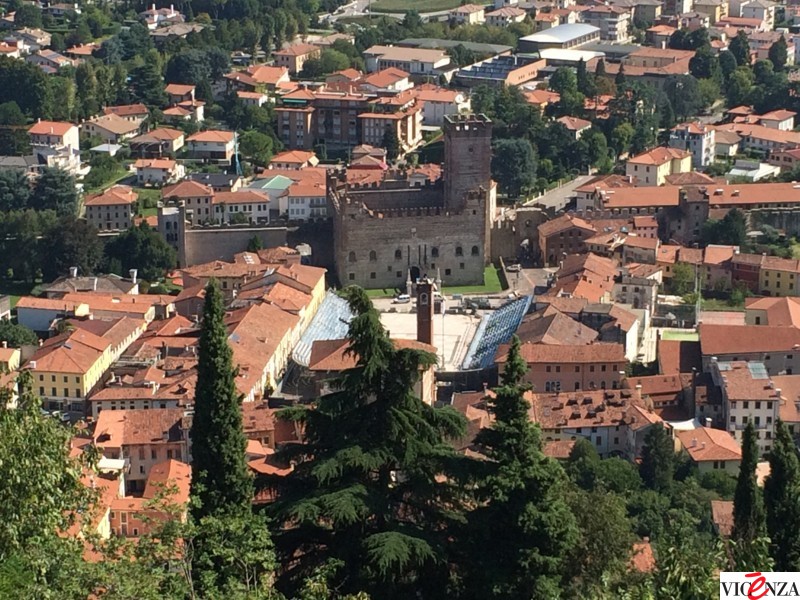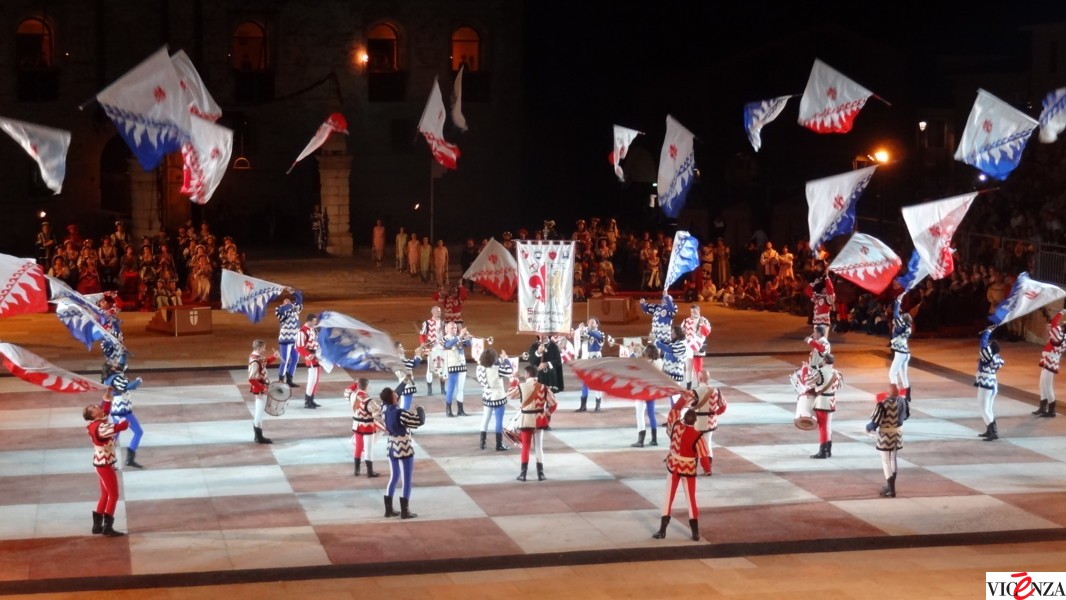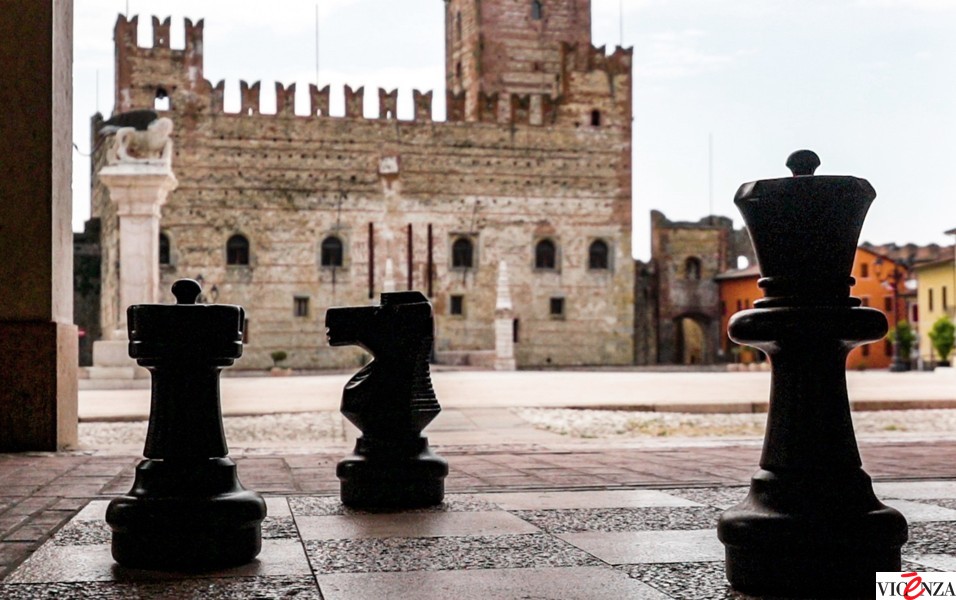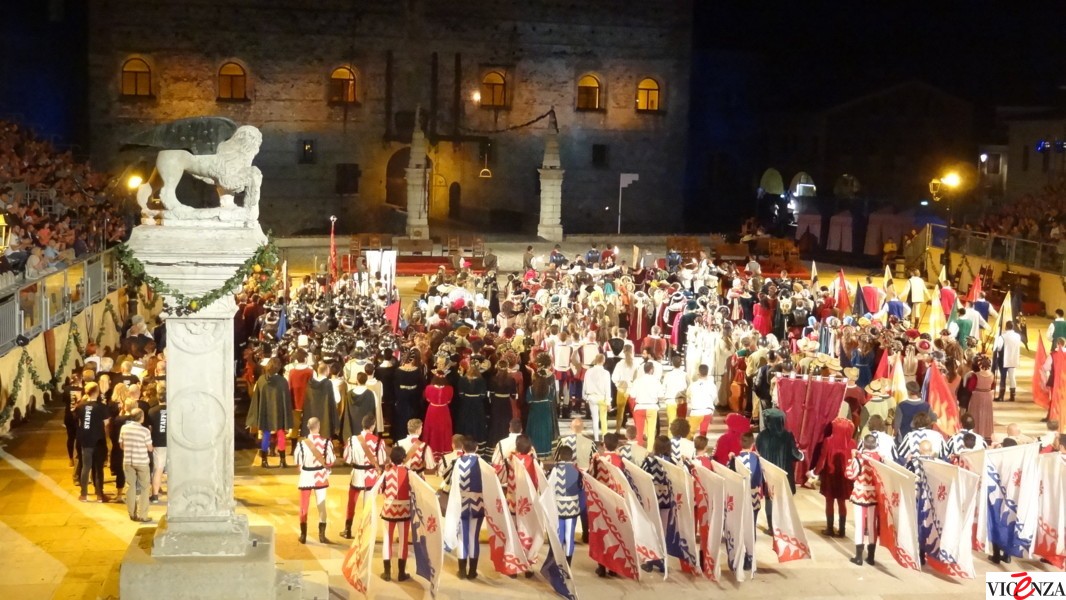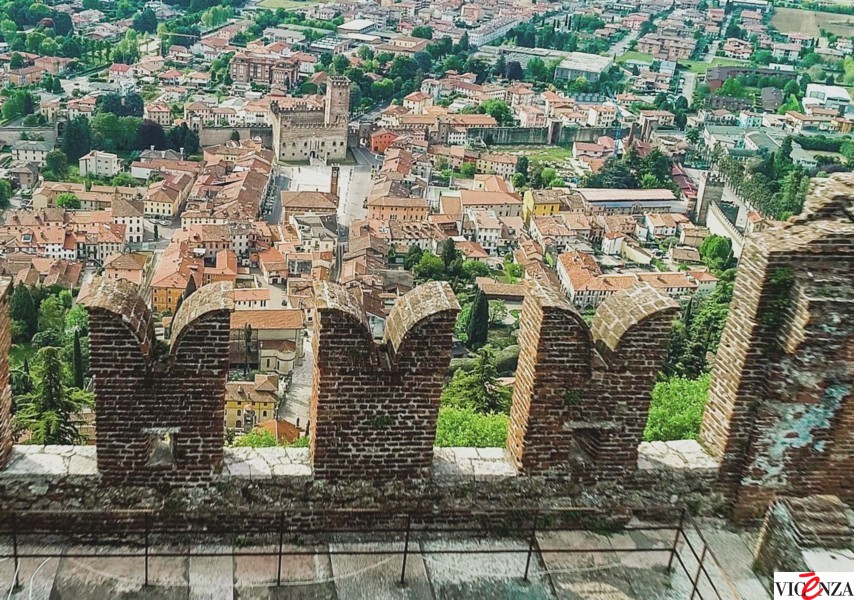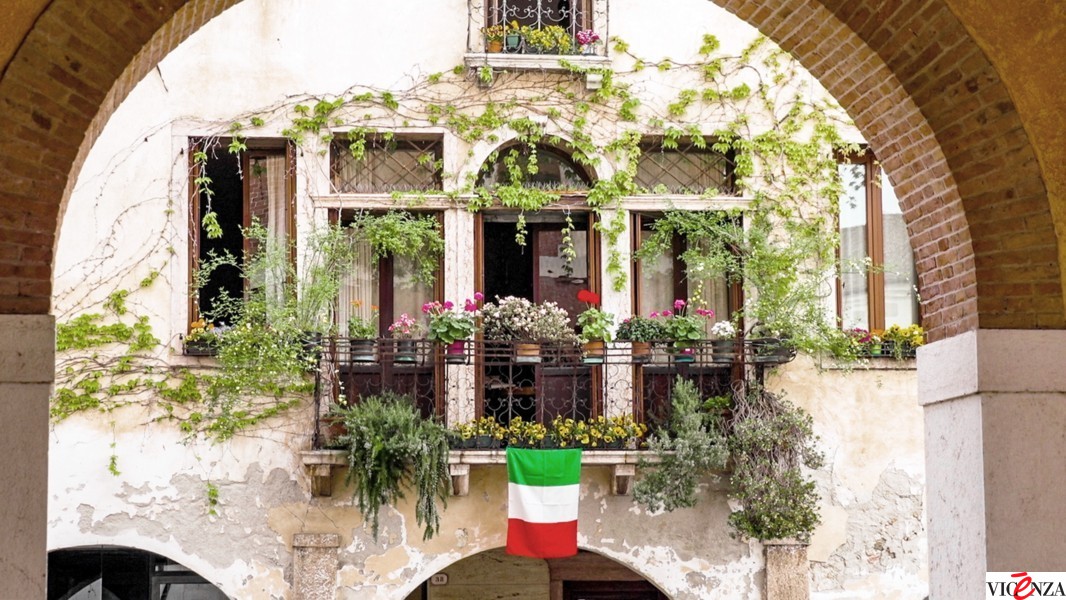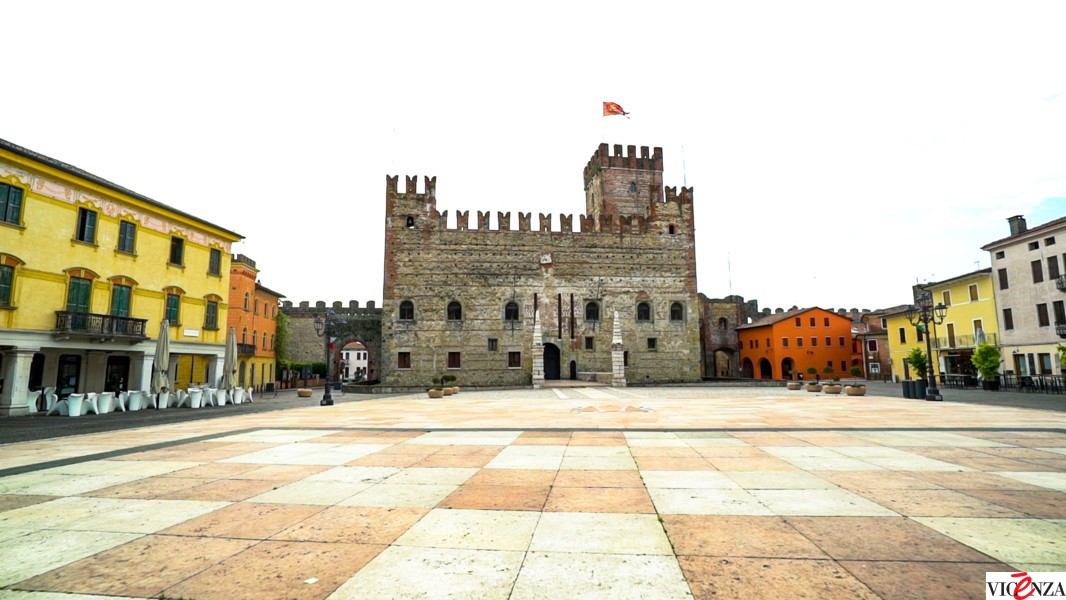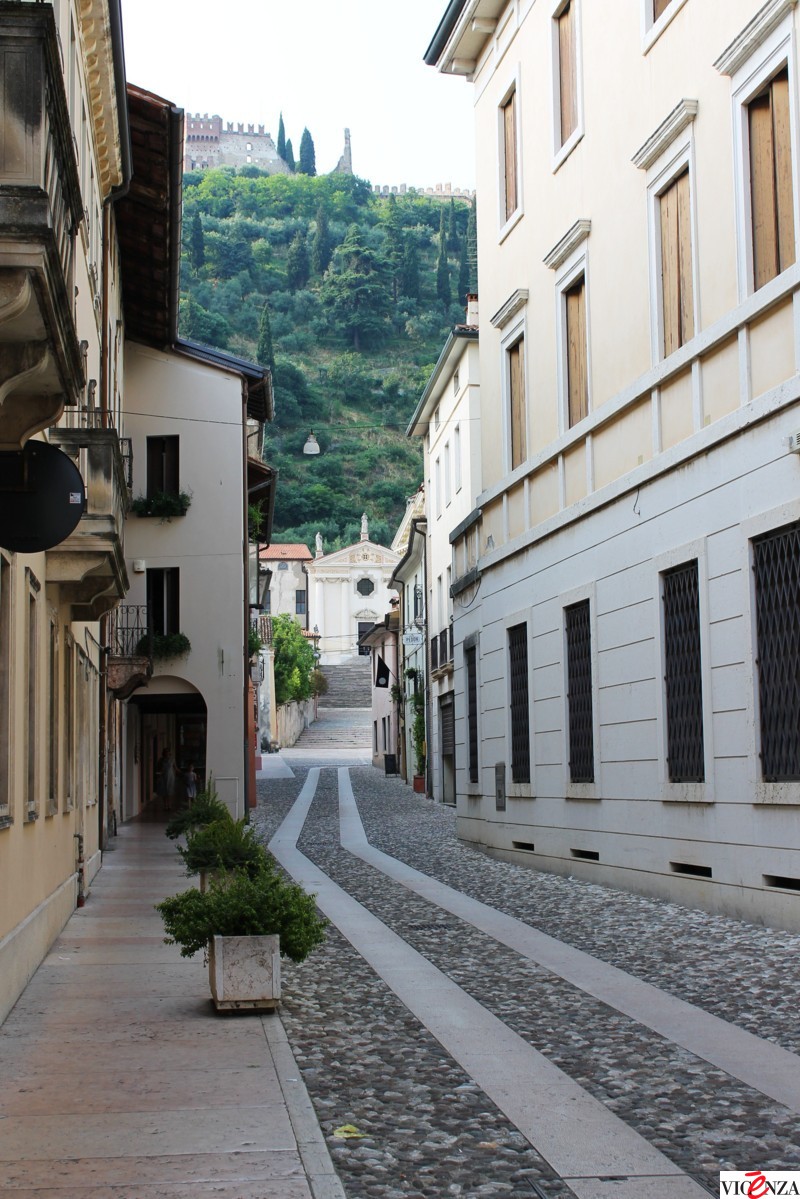HISTORY OF THE CHESS MATCH
The legend of the Match dates back to the distant 1454, when Marostica was one of the truly faithful members of the Venetian Republic. Its government was lead by a "podesta'" nominated directly by the city of Saint Mark. The tale is told about how, in that very year, two brave warriors, Rinaldo da Angarano and Vieri da Vallarona, both fell hopelessly in love with the beautiful Lionora, daughter of the Lord of the Castle of Marostica, Taddeo Parisio, and how they challanged each other to a duel for her hand, as the custom at that time, was. Taddeo Parisio, who did not want to lost either of the young men, put a stop to the cruel fight, by invoking an edict issued shortly after the tragic event of Romeo and Juliet, by Cangrande della Scala di Verona, and confirmed and made harder by the Doge of Serenissima. He therefore decided that Lionora would become the bride of the rival who won the match of the noble chess game; the loser would also become a member of his family by marrying Oldrada, his sister still young and beautiful.

The meeting would be held on a feast day in the square below the Castle, and the chessmen would be large and living, armed and emblazoned in black and white, playing, according to the ancient rules imposed by the noble art, in the presence of the Lord of the Castle, his charming daughter, the Lords of Angarano and Vallarona, the nobles of the nearby cities and the whole population. He also decided that a parade of armed men, infantrymen, and knights would be organised in honour of the challenge, together with fireworks, lights, dancers and horsemen, songs and dances. As so it was. Archers, halberdiers, infantrymen, schiavoni, knights, the Lord of the Castle and his court with Lionora and Orlanda, the faithful nurse, ladies, noblemen, the herald, the commandant of the armed forces, falconers, pages and damsels, standard bearers, musicians, farmhands and villagers all took part in the parade. Then came the wonderful black and white chess pieces with the kings and queens, castles, knights, bishops and pawns. Rinaldo da Angarano and Vieri da Vallarona ordered the moves and at the end of the challenge a jubilation of fireworks, lights and festive shouts heralded the winner. Lionora, apprehensive because she was secretly in love with one of two men, had discretely informed the town that the area beneath the Castle would be illuminated with a white light if the winner was the knight who made her heart beat, so that everyone could share her joy. This excitement continues today, whit a splendid framework of precious costumes and gonfalons, charming ladies and intrepid knights, playful clowns, jugglers and fire-eaters, renewing the ancient flavour of a passionate love story in our souls. The Chess Match with live chessmen is played on the Square of marostica, every second Friday, Saturday and Sunday of September on years which finish in an even number. Reservation for numbered saets are possible at the Pro Marostica office. The precious costumes worn during the performance can be admired during the whole year at the permanent exhibition held in the Lower Castle.

THE POTTERY TRAIL
The whole area to the south of Bassano del Grappa (from Nove to Cassola) has for centuries been famous for its pottery. These lands abound in two raw materials needed for the manufacture of artistic pottery: modelling clay and siliceous sand for colouring. This is where the fame of the Antonibon family originated in 18th century, the major producers of plates and pots, later known throughout Europe; the Nove museum conserves many works produced in their ancient workshop.
STRAW HATS
Among the old productions that had an important effect on the traditions and economic and social history of Vicenza until the middle of the 20th century, straw processing held a very important position. The main production centre was without doubt Marostica, which was famous in Italy and abroad from the middle of the 19th century for its wide and special production of plaits, bags and, above all, straw hats. In fact this important economic tradition gave rise to the Marostica Straw Hats Association, which organised the exhibition that was inaugurated in June 2001 in the Lower Castle Hall "History of Straw Hat Making in Marostica" , where the guest of honour was Ruy Pauletti, Rector of the Caxias do Sul University in the State of Rio Grande in Brazil, who had been specially invited because of the numerous emigrants from Marostica who went to Rio Grande de Sul and took with them the art of working straw, and founded several hat workshops there.
A HERITAGE TO PROTECT AND GIVE VALUE TO
Marostica took on the air of a fortified medieval town in the 14th century, thanks to the Scaligeri nobles from Verona, who took over from the Ezzelino family from Roman times, and who replaced the previous fortifications which were built on the hilltops. This project turned Marostica into a military stronghold that gave considerable political control of the area. Cangrande, Mastino and Cansignorio della Scala built the Oppidum Marosticae, which is still being studied today due to its severe and sagacious public effect. There are two castles, one on the plain and the other on the top of the Pausolino hill, which are joined by an impressive wall that winds around the hill and the plain beneath. There are typical elements of a fortified town inside the walls: the "large square" for meetings, festivals and tournaments; the boundary castle, trading centre and customs house; the arts and crafts workshops, a stretch of the Marostica irrigation ditch which guaranteed the water supply; the cultivated fields; the homes, stables and refuges for the townspeople in the case of danger. The Lower Castle has two entrances and four shielded towers plus the Cangrande Keep, a 44 m high tower, and seems inspired by the model of the Lombard Town Hall. The Upper Castle was virtually destroyed by the Venetian batteries during the Cambrai league battles (1510) and now is left in ruins, and had four doors and twenty defensive towers open on the inside.
TOURIST OFFICE
Associazione Pro Marostica
Piazza degli Scacchi, c/o Castello Inferiore
Tel. +39 0424 72127 / 470995 - Fax +39 0424 72800
Email: This email address is being protected from spambots. You need JavaScript enabled to view it.
www.marosticascacchi.it
Photogallery




